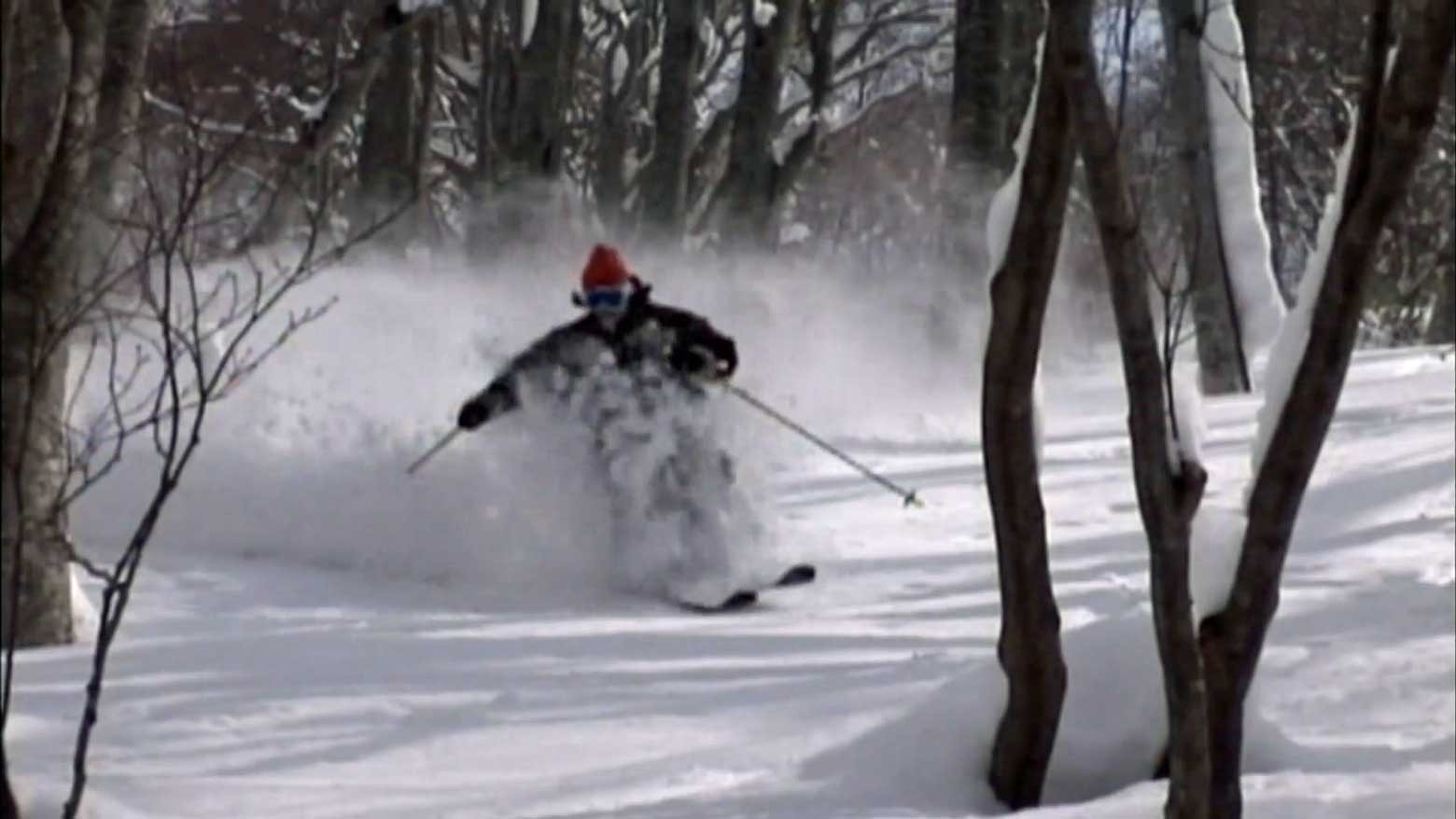The death of former world champion skier Kyle Smaine in a Japan Alps avalanche has highlighted the risks of backcountry skiing. The 31-year-old American was one of two men killed in the slide in the central prefecture of Nagano on January 29.
It happened in an unpatrolled area near a ski resort in the village of Otari.
A number of foreign skiers were caught in the avalanche. Survivors were able to descend the mountain on their own.
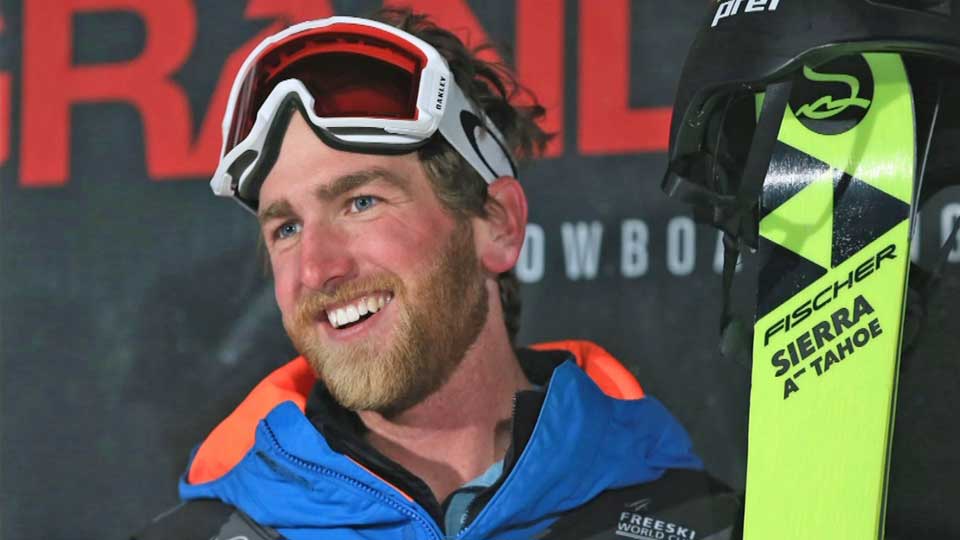
Backcountry skiiing grows more popular
With its promise of pristine powder and unregulated wilderness, backcountry touring is seeing growing popularity in Japan among both domestic and foreign visitors, especially since the government reopened the border after more than two years of tight coronavirus travel restrictions.
"Ski resorts are getting busier and busier. I never thought I would see the day people would come all the way to Japan just to tour and ski in the backcountry, and not ride a single lift. But that is happening right now," says Clayton Kernaghan, a backcountry touring operator in the northern prefecture of Hokkaido.
Kernaghan says 90 percent of his clients are from abroad, although the sport is also growing among Japanese.
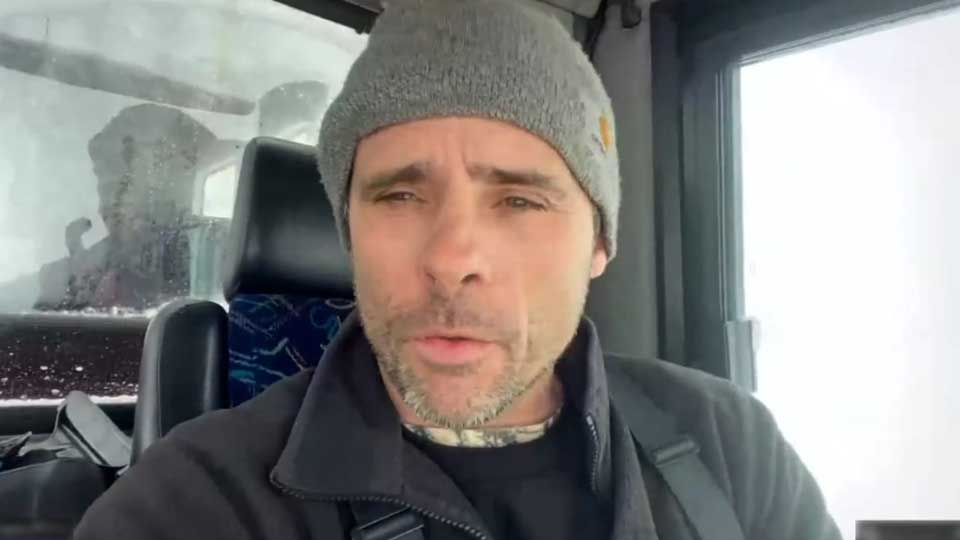
A series of accidents
The sport's rising popularity has brought more reports of accidents. Of the six January fatalities, one was a German woman who died in the wilderness of Mt. Yoteizan in Hokkaido on January 13. Over the final weekend of the month, two skiers died near the village of Nozawa Onsen, in Nagano Prefecture, while a snowboarder was killed in an avalanche on Mt. Tanigawa, Gunma Prefecture.
"There's a higher risk in the backcountry because unlike regular ski runs, nobody manages those areas or takes steps to prevent avalanches," says Nagai Jun, who heads a national organization of backcountry ski guides. He says trees and cliffs present particular dangers away from regulated slopes.
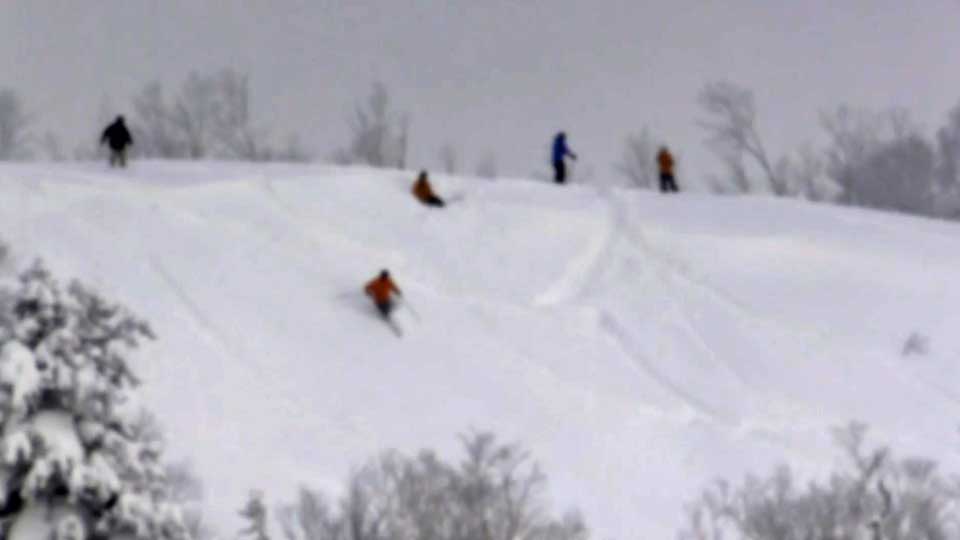
"Hard to see the signs"
Yamaguchi Satoru, a member of the National Research Institute for Earth Science and Disaster Resilience, says all the snow slides in the recent accidents are likely to have occurred after the top layer of fresh snow collapsed. "In those cases, the avalanches probably started deep under the snow," he says. "It would have been very difficult to predict them from their outward appearance."
Yamaguchi says this kind of avalanche can occur when fresh snow accumulates upon a base that is relatively loose. "Weather conditions over the past several days indicate this is probably what happened in the backcountry areas of Nagano and Gunma prefectures," he says. "These avalanches can hurtle down at speeds of up to 200 kilometers per hour. Once you spot them, escape may be impossible."
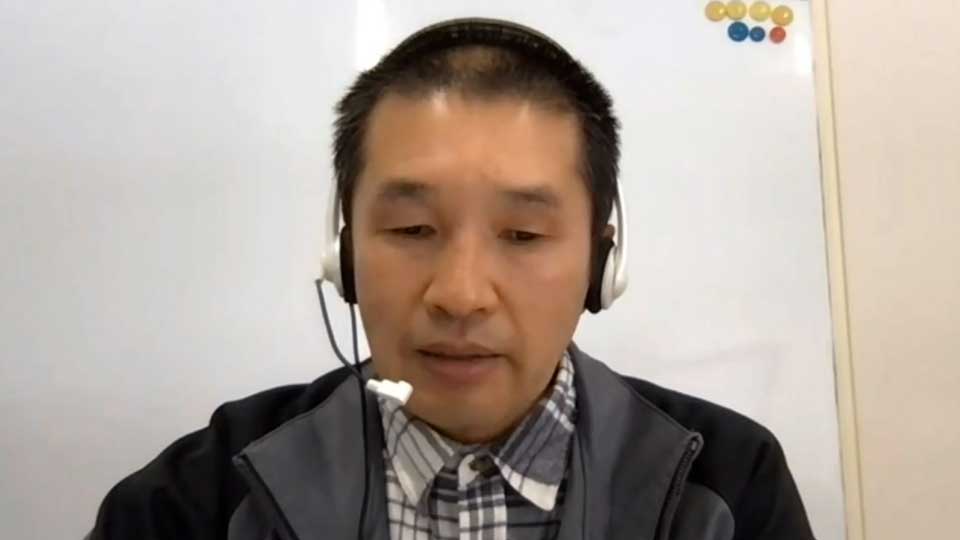
Ski guide Nagai has some advice to help backcountry skiers stay safe.
"Beginners should go out with people who are more experienced and capable of making a risk analysis of the terrain. It is also helpful to get advice from qualified ski guides," he says.
Nagai advises people to refrain from backcountry skiing when conditions are poor, or to switch their plans to much gentler slopes.
